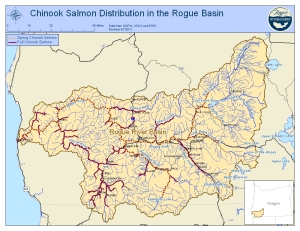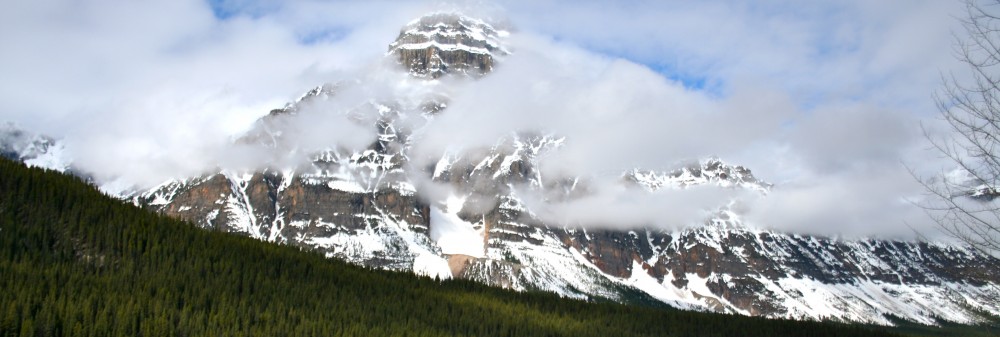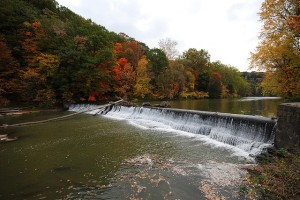
A map of the Rogue River Basin and associated Chinook salmon runs. Borrowed from rogueriverkeeper.org
By Nate Hough-Snee
Case one: the Savage Rapids Dam, Rogue River, OR.
The Rogue River begins a 215-mile journey to the sea from Crater Lake, the remnant caldera from the eruption of Mt. Mazama in south central, Oregon. From Crater Lake the river snakes through Oregon’s lushly forested Cascade Range before heading through the Klamath Mountains and the Kalmiopsis Wilderness and onward to the Pacific Ocean. Between the two mountain ranges, the river passes US Interstate 5 near Grants Pass, a former timber town and the county seat of Southern Oregon’s Josephine County. It’s near this point where the river seemingly parallels I-5, at which a major salvo was fired in the 21st century’s first Pacific Northwest dam wars.


You must be logged in to post a comment.